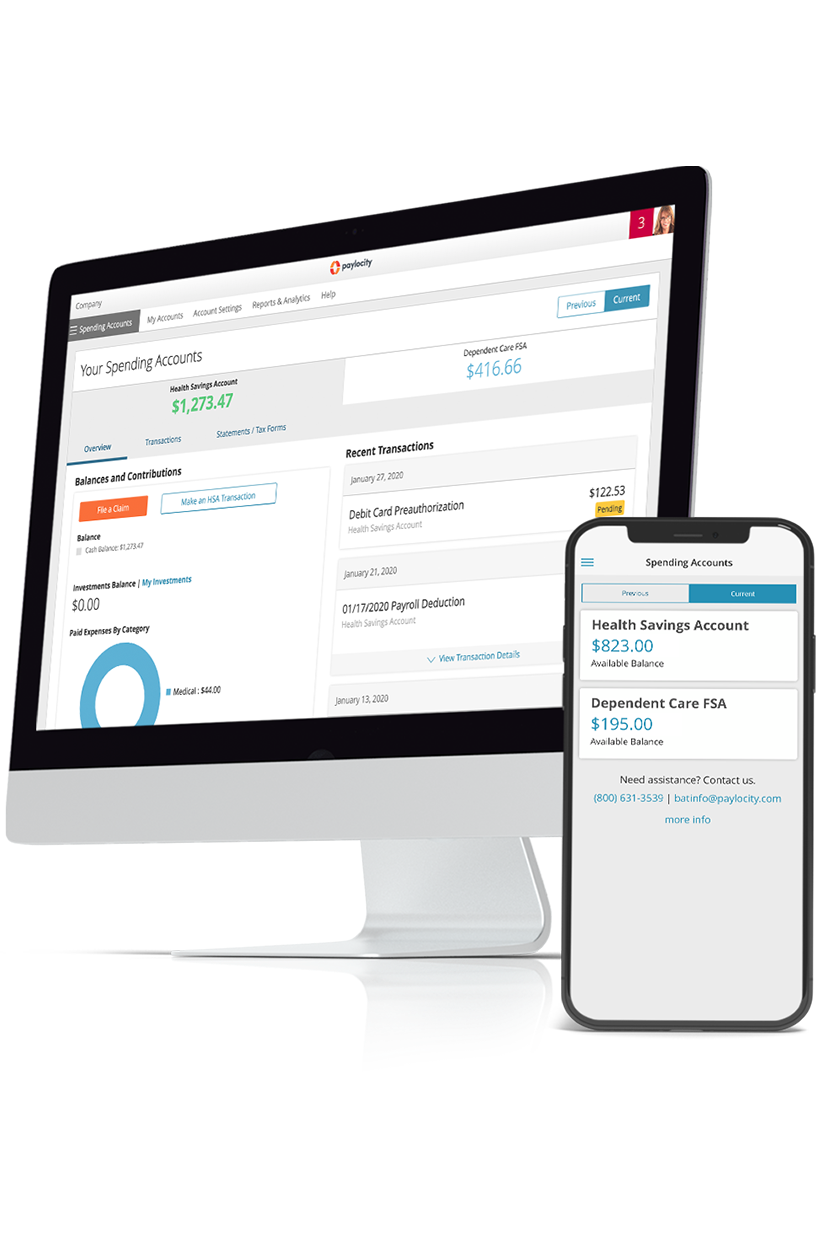Cafeteria Plan
Summary Definition: A type of benefits arrangement that allows workers to choose from several pre-tax benefits.
What is a Cafeteria Plan?
A cafeteria plan is a type of benefit plan offered by employers that allows employees to choose between taxable and non-taxable benefits.
The cafeteria part of the name comes from the plan’s flexibility, which allows employees to pick which benefits they want. Conforming to Section 125 of the Internal Revenue Code (IRC), cafeteria plans are also sometimes called Section 125 plans or Section 125 Cafeteria Plans.
Introduced in the 1970s, modern cafeteria plans cover several types of elective benefits, the most common of which include medical, dental, and vision insurance, as well as flexible spending accounts (FSAs).
Employee Retirement Income Security Act (ERISA)
Most cafeteria plans are also covered by the Employee Retirement Income Security Act (ERISA) of 1974. As such, they must meet the same documentation, reporting, and administrative requirements as retirement plans, such as 401(k) or 403(b) plans. For example, all cafeteria plan participants must receive a summary plan description (SPD) within 90 days of enrolling in the plan.
Key Takeaways
- Cafeteria plans are a type of benefit plan that allows employees to choose which benefits they want to enroll in, such as medical and vision insurance.
- Plans must comply with IRC section 125 and the ERISA, including certain documentation and filing requirements.
- Cafeteria plans offer employees more control over their benefits, but can be more difficult for employers to administer.
How a Section 125 Cafeteria Plan Works
Essentially, an employer will compile a range of benefit options their employees can choose from and then allow employees to enroll in the ones they want during an open enrollment period. Employees then use voluntary deductions from their paychecks to pay the premiums on those enrolled benefits.
To comply with the IRC, employers must offer their employees at least one taxable and one non-taxable (aka qualified) benefit. Qualified benefits are those that aren’t included in an employee’s gross income, like dependent care assistance and group term life insurance.
Types of Section 125 Cafeteria Plans
Employers have a few options when deciding what kind of plan and benefits they want to offer their employees:
- Health Savings Account (HSA) – These allow employees to contribute pre-tax wages into an account that they can use to cover medical expenses.
- Flexible Spending Account (FSA) – Similar to an HSA, employees contribute pre-tax wages into a savings account and use it to cover medical expenses. However, unlike an HSA, any unused funds still in the account after the end of the plan year are lost.
- Dependent Care Assistance Plan (DCAP) – A more specialized version of an FSA that employees can use to cover the costs of caring for children under 13 or elderly parents, such as babysitting or in-home care expenses.
- Premium Only Plan (POP) – This allows employees to pay their insurance premiums with their pre-tax wages, thus reducing their taxable income.
Cafeteria Plan Documentation and Filing Requirements
To show compliance with Section 125 guidelines and ERISA, employers should maintain a few plan-related documents: a main plan document, an adoption agreement, and an SPD.
Employers can include an adoption agreement within the main plan document or keep them separate. Regardless, these two documents should cover all the plan’s offerings, benefits, and legal obligations for the employer.
The SPD is a shorter version of the main plan document that’s intended for employee use. All eligible employees should receive an SPD, and it should be refreshed approximately every five years to show any changes or legislative updates.
Finally, the filing requirements for a cafeteria plan can vary based on whether it offers any welfare benefits. If it does, the employer may need to submit a Form 5500 to the U.S. Department of Labor annually.
Pros and Cons of a Section 125 Cafeteria Plan
| Advantages | Disadvantages |
|---|---|
| Very customizable, which gives employees a lot of flexibility and freedom when choosing their benefits. | Can sometimes include requirements on how funds are spent, such as FSA “use-it-or-lose-it” rules. |
| Can include a wide range of benefit types, thus giving employees more comprehensive coverage. | Normally only give a small window of time to enroll in a plan or change existing enrollments if an employee doesn’t experience a Qualified Life Event (QLE). |
| Allow employees to reduce their taxable income by contributing pre-tax wages into savings or spending accounts. | Become more difficult for employers to administer and maintain as they offer more benefit types and choices. |
Related Glossary Terms

Optimize Your Benefits Experience
Help your employees get the most out of their benefits while getting time back in your day through smart automation. With all-in-one tools, kicking off open enrollment and administering third-party benefits services like FSAs, HSAs, and more is a breeze! And employee experience features like integrated training and expert groups, all available on the go, ensure your employees are making informed decisions.